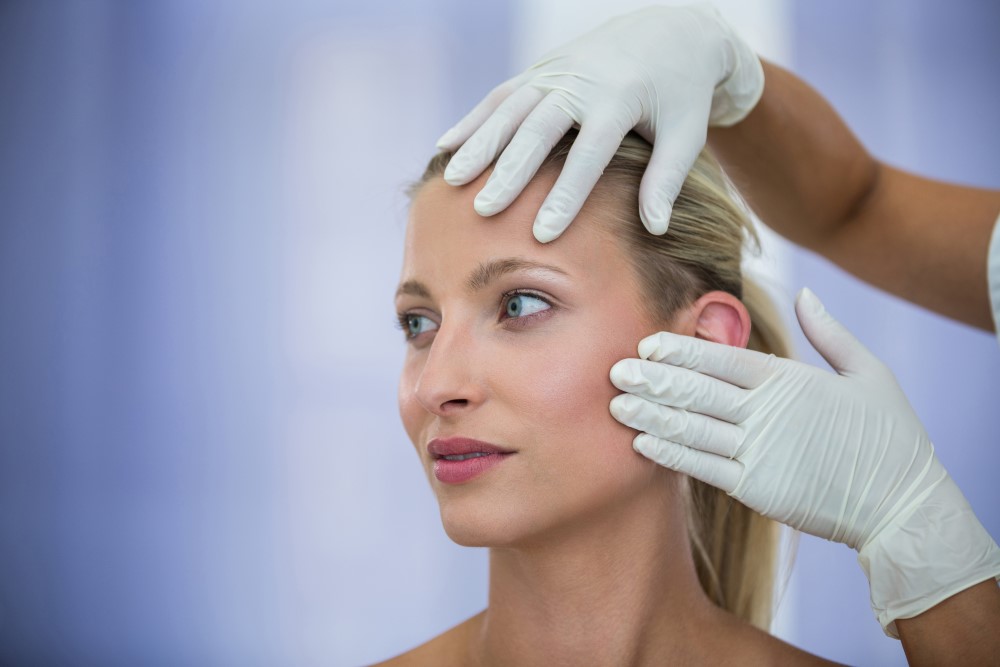
Low-temperature plasma is a new and promising technology that finds wide application in medicine and cosmetology. In recent years, there has been growing interest in the possibilities of low-temperature plasma application in cosmetology, where it is used to solve various aesthetic problems, including skin aging, age spots, acne, scars, stretch marks, etc.
One of the main advantages of using low-temperature plasma in cosmetology is its high efficiency and safety. Low-temperature plasma works at the cellular level, which allows you to achieve a high accuracy of exposure to problem areas of the skin without damaging the surrounding tissues. In addition, procedures using low-temperature plasma do not require a long period of rehabilitation, and most patients can return to normal life immediately after the procedure.
Among the applications of low-temperature plasma in cosmetology are the following:
Acne treatment. Low temperature plasma can be used to treat acne due to its antibacterial and anti-inflammatory properties. Treatments with low-temperature plasma can significantly reduce the amount of acne and reduce inflammation.
Pigment spots treatment. Low-temperature plasma can be used to eliminate age spots due to its properties of stimulating skin renewal and reducing melanin.
Scar treatment. Low temperature plasma can be used to eliminate scars such as traumatic scars, scars after surgery and others. It stimulates collagen formation and skin regeneration, which helps reduce the appearance of scars.
Stria treatment. Low-temperature plasma can be used for the treatment of striae, improving skin condition and stimulating its regeneration.
Wrinkle Treatment. Low-temperature plasma treatments can reduce wrinkles and improve overall skin health.
Rosacea treatment. Low-temperature plasma can be used to treat symptoms of rosacea, such as skin redness and couperose.
Low-temperature plasma procedures do not require anesthesia or a long period of rehabilitation, making them safe and effective for most patients.
Despite all the advantages, it is worth noting that the use of low-temperature plasma has some limitations, and its use should be carried out under the supervision of a specialist.
Thus, the use of low-temperature plasma is one of the most promising and innovative methods of cosmetology, which allows to achieve visible results without serious complications and rehabilitation period. Clinical cases of successful use of low-temperature plasma show that this innovative solution is one of the most promising areas in cosmetology.
Author Pugach Svetlana